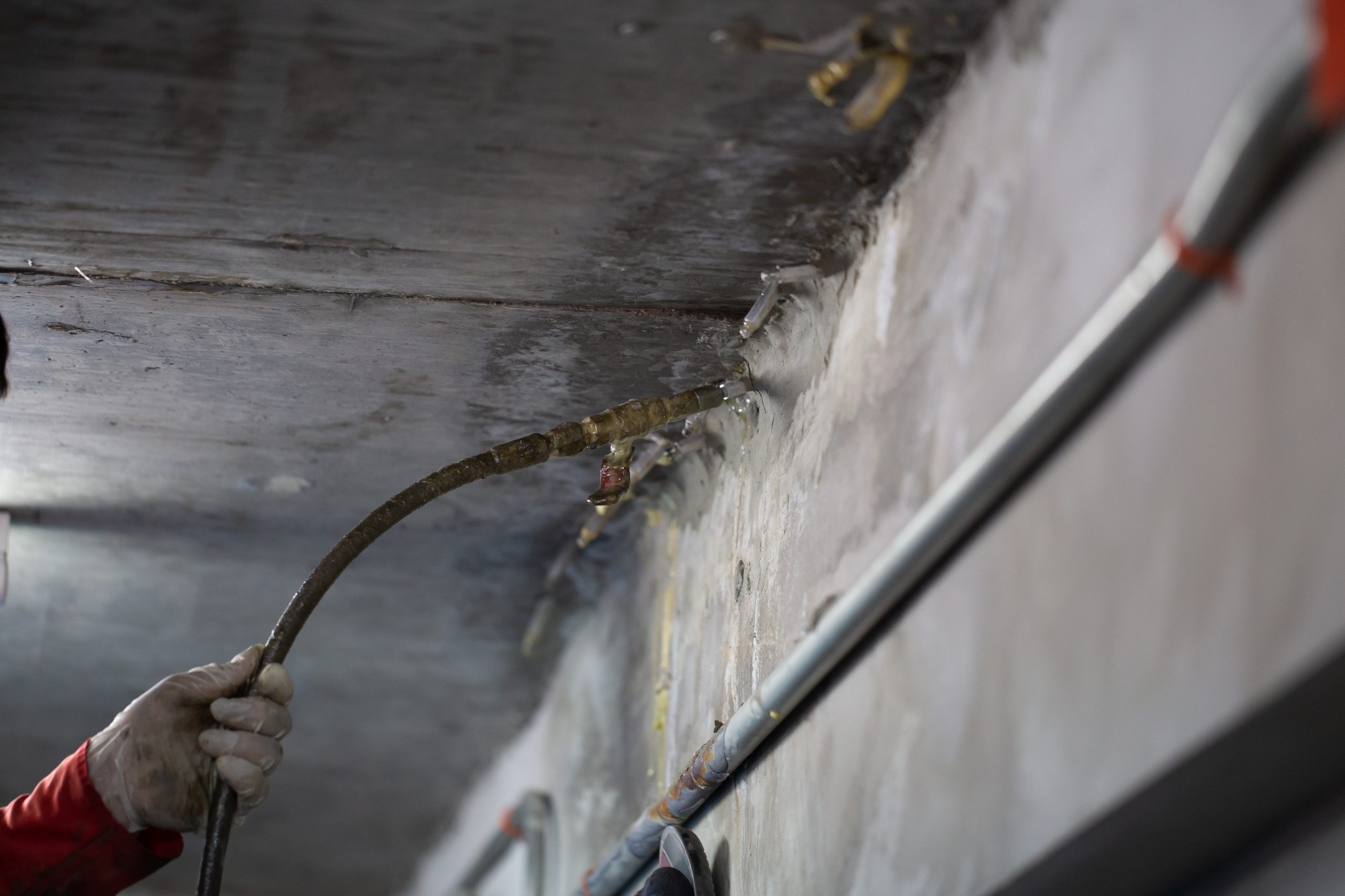Concrete, renowned for its durability and strength, serves as the backbone of modern construction. In any case, despite their robust nature, substantial structures are not at risk of failure in the long term. This is due to various factors. These factors include shrinkage and external influences, among others. Comprehensive rest injection is a key strategy to efficiently address and resolve these major issues.
[I] What is Concrete Crack Injection?
Material crack injection is a maintenance procedure used to fill and seal cracks in material structures. Its purpose is to prevent water ingress and restore material cohesion. This strategy involves inserting a specific material into the gap that fills and secures the gap, preventing further weakening.
[II] Types of practical rest injection –
1. Epoxy injection –
Epoxy injection is one of the most widely used and successful strategies for basic fracture repair. This involves placing epoxy resin into the stressed cracks. The epoxy fills gaps and bonds to the material, restoring the solidity of the design. Epoxy resin injection is suitable for both thin and wide cracks. It is unaffected by moisture and environmental elements.
2. Polyurethane injection –
Polyurethane injection is another well-known technique used for comprehensive fracture repair. In this method, polyurethane sap is introduced into the gaps and can fill them when it comes in contact with water or moisture.
Polyurethane injections are contour-conforming, making them suitable for fracture repair in areas of mild development. It also has excellent waterproof and shrink resistance.
3. Acrylic injection –
Acrylic injection is a technique that uses acrylic resin to fill and seal gaps in large designs. Acrylic injections are typically used for hairline cracks and fractures that require a fast-curing material.
This method provides excellent adhesion to solid surfaces and can be used to repair both internal and external cracks.
4. Cement injection –
Cement injection, utilizing a concrete-based material, is employed for filling critical structural gaps caused by Concrete Crack Injection.
This technique is suitable for large cracks and requires injecting a cementitious slurry or mortar into the crack. Injecting cement is smart and can restore the underlying integrity.
[III] Significant pauses in injection cycles –
The course of a substantial break infusion usually includes advancements along with it.
1. Assessment – Investigate and recognize the nature and extent of disruption in the essential design.
2. Surface preparation – cleaning break to remove dirt, dust, and contaminants.
3. Injection – Using special equipment, the selected material (epoxy resin, polyurethane, acrylic, or cement) is injected into the gap under tension.
4. Relaxation – Allows the injected material to fix and solidify, forming a region of high strength for bonding with the substance.
5. Finishing – Smooth or manage excess material to achieve a consistent finish.
[IV] Advanced Techniques in Concrete Crack Injection –
1. Vibration-Assisted Grouting –
Utilizing vibration during the injection process can improve the penetration of injected materials into cracks, ensuring better filling and bonding.
2. Microbial-Induced Calcite Precipitation (MICP) –
An innovative method involving the use of bacteria to precipitate calcium carbonate, fill cracks, and enhance the concrete’s self-healing capabilities.
3. Nanotechnology-Based Solutions –
Incorporating nanomaterials into injection materials can enhance their strength and bonding properties, leading to more resilient repairs.
Conclusion
In structural maintenance, injecting material fractions is crucial to prevent critical designs in concrete structures. Rapid techniques like epoxy and cement injection halt concrete crack/injection advancement, averting further damage and reinforcing concrete integrity against external stressors. They can also extend the life of essential components under development.
Regular inspections and the use of proper rest injection strategies collectively help maintain the robustness and strength of critical structures and ensure long-term serviceability and safety.



